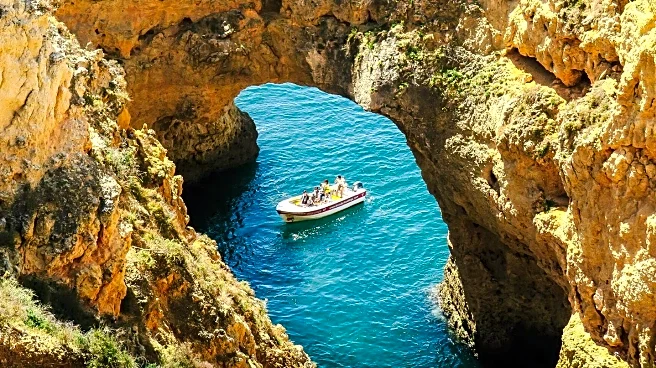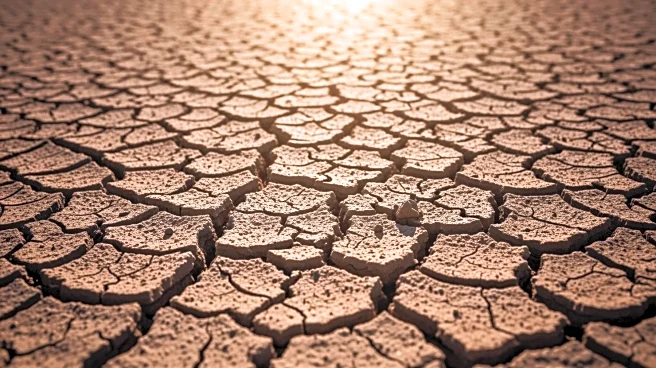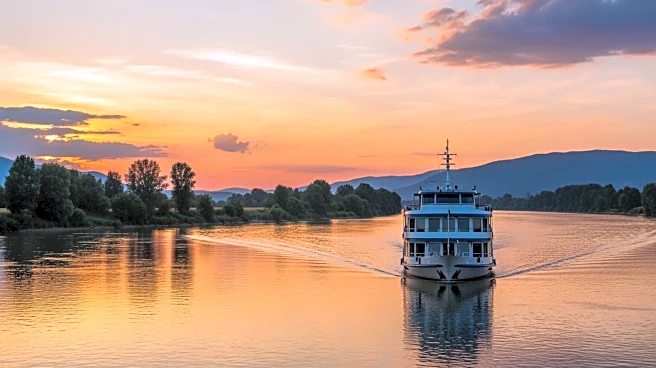What's Happening?
A growing trend known as 'last-chance tourism' is drawing travelers to endangered natural wonders such as Antarctica's ice shelves and the Great Barrier Reef. This type of tourism is driven by the desire
to witness these sites before they potentially disappear due to environmental changes. However, the influx of tourists is exacerbating the very issues threatening these sites. Tourism is responsible for 8.8% of global greenhouse gas emissions, with significant contributions from transportation. The increased foot traffic and pollution from tourists are accelerating the degradation of these natural wonders.
Why It's Important?
The phenomenon of last-chance tourism highlights a paradox where the act of visiting endangered sites contributes to their further decline. This trend underscores the broader environmental impact of tourism, which is a significant contributor to global emissions and environmental degradation. The ethical dilemma posed by last-chance tourism is significant, as it raises questions about the sustainability of tourism practices and the responsibility of travelers to minimize their environmental footprint. The trend also highlights issues of inequity, as wealthier individuals are more likely to participate in such tourism, while the environmental impacts are often felt by poorer communities.
Beyond the Headlines
The rise of last-chance tourism reflects humanity's complex relationship with nature, where the desire to experience natural beauty conflicts with the need to preserve it. This trend challenges the tourism industry and travelers to find ways to appreciate natural wonders without causing harm. Solutions such as 'slow travel' and local exploration are suggested as more sustainable alternatives. The trend also calls for a reevaluation of how tourism can be conducted in a way that promotes conservation and respect for the environment.












